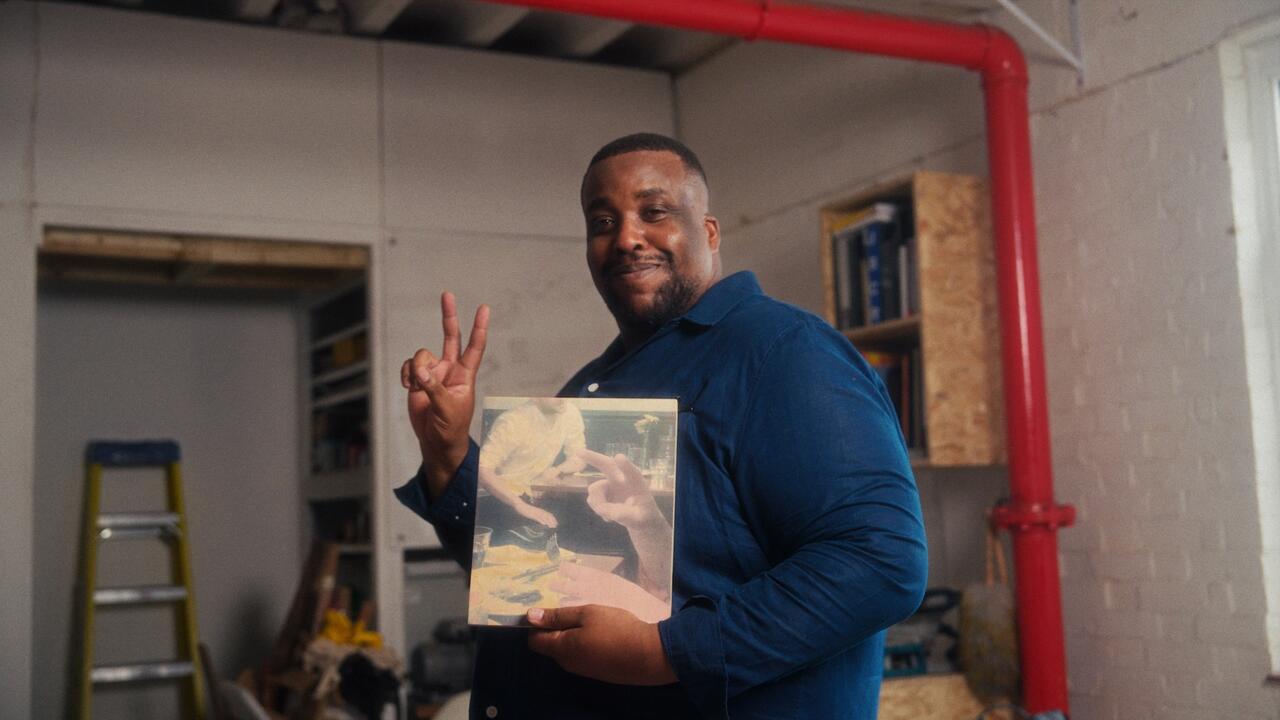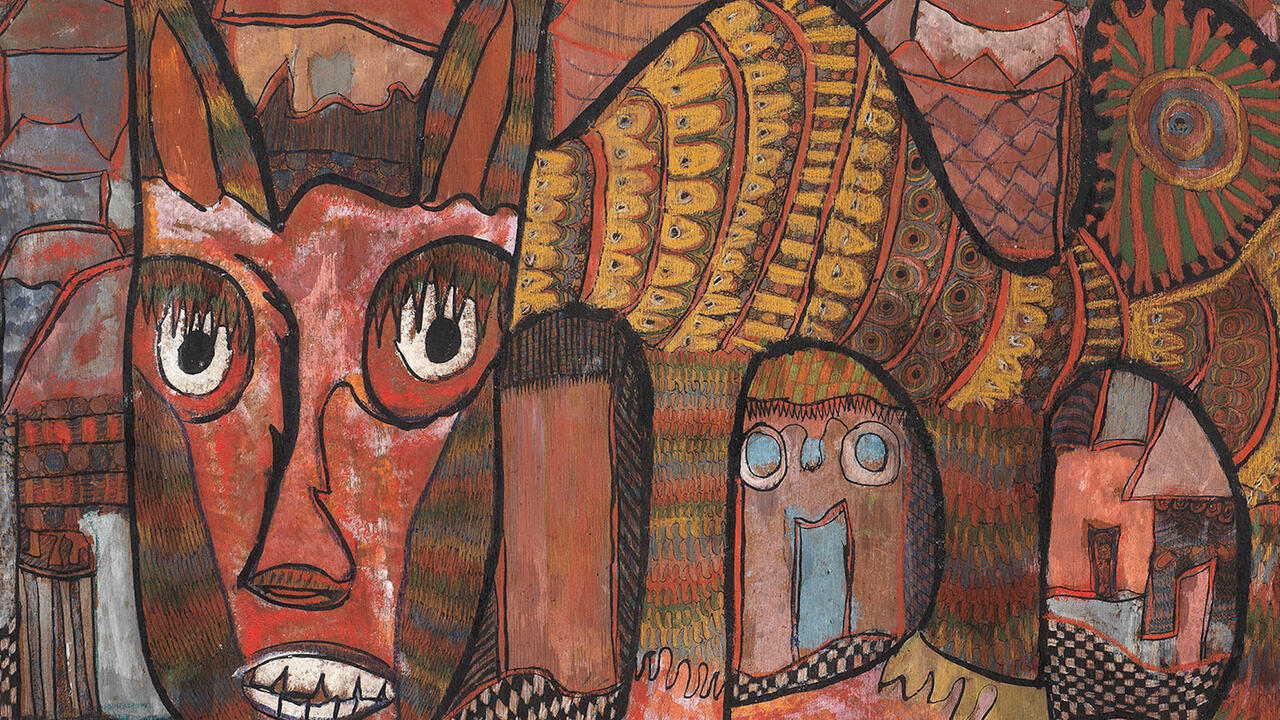T. Kelly Mason
The title of T. Kelly Mason's exhibition 'Mid Winter Drawings' is a telling pseudo-conundrum that mirrors the problems of reception engendered by the works in the show. Is the title anything more than a flat-footed description of works on paper installed in a gallery in February? Does the appellation correspond to any angst-ridden struggle to make it through short days and long nights or interminable downpours of snow and rain? The answers are no, no and no, brick walls at the end of short interpretive pathways that confound any attempt to find meaning from the information (visual or otherwise) provided.
The drawings are just as obstinate paradoxical conflations of slacker listfulness and theoretical rigour that team up to snuff out the flickers of insight which can ignite viewer participation in a properly functioning artwork. How does he accomplish this feat? On large sheets of white paper pinned to the gallery walls, Mason has laid down a black circuitry of thick lines that, when not forming connections to other lines, are terminated by round points. The circuits, varying from drawing to drawing and seemingly based on arcane academic diagrams, are made to suggest city plans by the inclusion of colour and black-and-white images of houses culled from real estate flyers. Along with the brief textual descriptions that accompany the home listings, the pictures and lines form sprawling neighbourhoods across the expanse of the paper, some regular and believable, others twisted and entirely unworkable. The more confusing plans are usually complicated by Mason's attempts to hide text in and amongst the houses, sometimes legible in the negative spaces between lines and dots. And yet none of the relatively abundant material adds up to anything. The embedded letters and numbers only briefly come into focus, and when they do, they are less than revealing (the epiphany of seeing '69' among the jumble was a high point). The real estate pictures and text, properly 'grungified' through imperfect reproduction for generational appeal, are so banal that scanning them for information is more painful than productive, and the dense graphite circuitry offers little aesthetic or conceptual consolation. Glimpses of Postmodern irony and critique might be stolen from works such as Untitled #2 (Zollner Illusion) (1994) which could be seen to riff on utopian schemes such as Ebenezer Howard's Garden Cities, with ordered, well-spaced neighbourhoods connected to scenic parks and a business sector, but such clarity quickly disappears for lack of proper development.
Mason's work is periodically reminiscent of previous projects by other artists Ed Ruscha's Real Estate Opportunities and 34 Parking Lots, or Peter Halley's systems of cells and conduits for instance but both comparisons disfavour the younger artist, chiefly because his drawings can't conjure the important mixture of Pop good looks and accessible intellectual narrative that gets viewers involved in the aforementioned examples. One suspects, however, that Mason has designed it that way. Perhaps a more fruitful connection might be made to the growing tradition of intentionally opaque art-making that has flowered in recent years at Los Angeles-area art institutes. A veritable school of obscurantist art, based on a misguided 'development' of the most moribund strains of 60s and 70s Conceptualism has cropped up which is more well-suited to closed-door critiques with like-minded professors than democratic engagement with a more varied public. Hints of this hermetic tradition, passed down through influential figures such as Steven Prina and Christopher Williams, are visible in the margins of Mason's drawings, where obscure bibliographic notations presumably prime viewers on the academic genesis of the works. His attempts to balance the pathetic and the scholarly, perfectly merged in the slacker-scholastic misspelling 'behaivioral' in one of his annotations are unusual for this strain of art-making, but in the end, one is not certain whether it is more idiot or savant. Nonetheless, when syllabi supplant sensorial responses in bridging artworks and audience, we should know that something has gone terribly wrong.
















